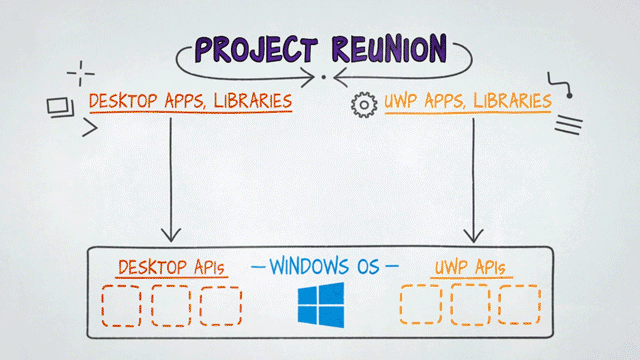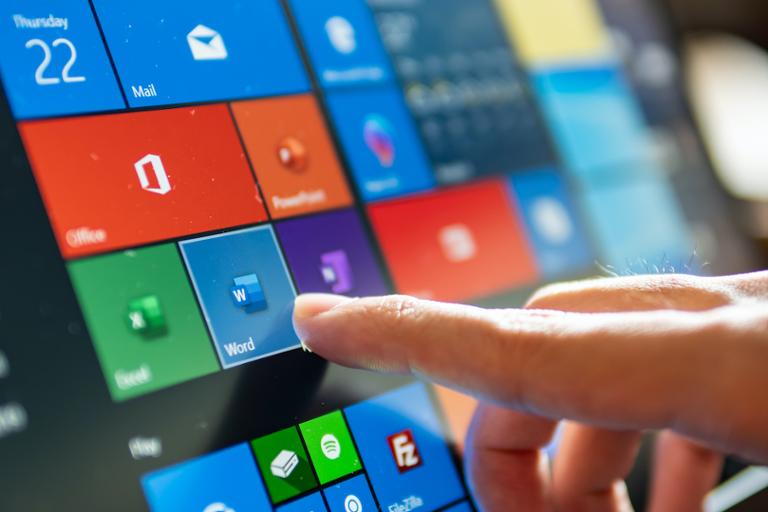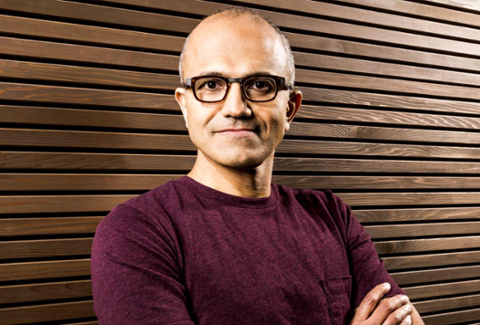Windows has a bit of a fragmentation problem. Decisions made during the Windows 8 era have cascaded until, today, you have two branches of Windows apps: Those built for win32 desktop and Universal Windows Platform (UWP). At this year’s (virtual) BUILD conference, Microsoft has announced Project Reunion, which is meant to solve this particular issue.
In theory, Project Reunion will allow developers to build apps that target all kinds of Windows devices. That means uniting the existing win32 and UWP APIs, as well as separating those APIs from the existing operating systems.
UWP emerged from the smoking wreckage of WinRT (Windows Runtime), itself a product of Windows 8, which featured a bifurcated interface: The traditional Windows desktop and a touch-friendly mode meant to run on tablets and smartphones. Windows 8 was an unwieldy beast that businesses and consumers generally rejected, but Microsoft seemed determined to keep its core promise—that Windows could run on multiple form-factors—alive.
UWP was supposed to allow apps to run seamlessly on many platforms, from Windows Phone and Xbox all the way to the biggest gaming rigs. At the same time, win32 continued to survive on its parallel track, sustained by a massive install base. Project Reunion will bring these branches together; the code for it is already up on GitHub.
“Plus, [Project Reunion] will help you update and modernize your existing apps with the latest functionality, whether they’re C++, .NET (including WPF, Windows Forms, and UWP) or React Native,” read a note on Microsoft’s corporate blog. “As we decouple existing APIs and add new APIs, we are also doing the work to polyfill, as needed, so the APIs work down-level across supported versions of Windows.”

For quite some time, Microsoft has tried to convince more developers to build apps and services for Windows. That persuasion has taken many forms, including (at a certain point) an adjustment in payouts to app developers. But the long-term shift toward mobile means that many developers are simply more interested in building for iOS and Android, and the death of Windows Phone—Microsoft’s big attempt at building a competing smartphone OS—effectively killed Windows’ presence on many smaller touch-screen devices.
Will something like Project Reunion persuade developers to take another look at building for Windows? At the very least, it might make life a little easier for corporate developers (and sysadmins) who are building and maintaining Windows apps across a diverse ecosystem of devices.



